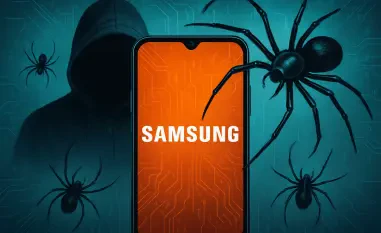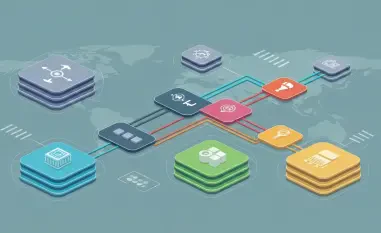Lead
Fifteen point seventy-two terabits per second of hostile traffic hit one Australian cloud endpoint as 3.64 billion packets per second rode the surge, and the page that flood tried to drown never blinked. The blast came from more than 500,000 source IPs, surged in bursts, and still met an automatic response that absorbed, scrubbed, and routed it away before users noticed.
The assault was traced to AISURU, a TurboMirai-class IoT operation tied to roughly 300,000 compromised routers, cameras, and DVRs. It used high-rate UDP floods with randomized source ports and minimal spoofing—tactics that sound brutal yet ironically made traceback and provider enforcement faster.
Nut Graph
This incident mattered because it reset the top end of what “cloud-scale” really means. In a world where consumer bandwidth keeps rising and cheap devices ship with weak defaults, IoT botnets now wield the internet’s heavy artillery. A single provider absorbed traffic that could swamp national backbones a decade ago.
It also showed how the fight has professionalized. AISURU functions like a curated DDoS-for-hire shop—selective with targets, popular with gaming disputes, and diversified into credential stuffing, AI-driven scraping, spam, phishing, and residential proxies. The business model rewards resilience, not theatrics.
Body
Inside the blast radius, the story was straightforward: a high-rate UDP flood landed on an Australian endpoint, auto-detected within seconds and neutralized via cloud-native scrubbing, anycast absorption, and real-time policy orchestration. Partner carriers throttled at ingress, sinking traffic before it fanned out. “Low spoofing made it easier to see and stomp,” a network operations lead said, summarizing the advantage.
AISURU’s lineage mirrors TurboMirai: recycled exploits, quick re-enlistment, and an à la carte menu for buyers. Devices that fall once often fall again, and the pool stays large. NETSCOUT’s tracking of another TurboMirai branch—Eleven11, also known as RapperBot—linked it to thousands of campaigns this year, a reminder that takedowns rarely end the cycle because compromised gadgets rejoin as soon as scanners rediscover them.
Volumetric metrics explain the physics. Terabits per second describe link saturation, while packets per second drive device and mitigation stress. UDP floods dominate at scale because they are simple, asymmetric, and burst-friendly. Here, random source ports plus low spoofing helped carve filters and coordinate upstream action quickly, turning brute force against itself.
Infrastructure tactics are evolving too. Some command-and-control hosts used the .libre top-level domain via OpenNIC, echoing playbooks seen in CatDDoS and Fodcha. Alternative DNS roots complicate investigation and takedown timing, even as they leave distinctive telemetry trails that defenders can share across providers.
The broader takeaway from Microsoft’s telemetry is plain: automated, cloud-scale defenses are now table stakes for extreme volumetric events. Operators and ISPs agreed on a related point: low-spoofing floods allow practical traceback and targeted filtering, which shortens campaigns when cooperation channels are ready. “Baselines are rising,” one incident responder said. “Record-breaking is a planning assumption.”
Conclusion
The episode ended with services intact, but the lesson was unmistakable: treat volumetric defense as code—autoscaling scrubbing, anycast routing, and burst-aware policies tied to bpps-sensitive thresholds. ISPs should enforce source validation where feasible and prioritize filtering for low-spoofing floods, while sharing indicators tied to alternative DNS roots and fast-flux pivots. Enterprises, especially gaming platforms, benefited when front doors were hardened with UDP rate limits, token buckets, and protocol-aware challenges, plus pre-provisioned diversion with mitigation partners. IoT vendors reduced re-enlistment when devices shipped with unique credentials, auto-updates, minimal exposed services, and published SBOMs and patch timelines. Researchers and CSIRTs advanced the cleanup when they seeded sinkholes, tracked alternative DNS ecosystems, and coordinated takedowns with longitudinal checks on rehijack rates. In short, the defense scaled, the ecosystem mobilized, and the next wave looked less like a surprise and more like a test already rehearsed.













